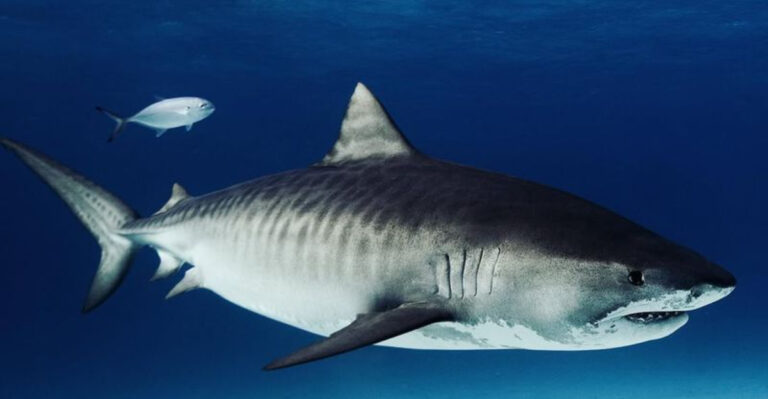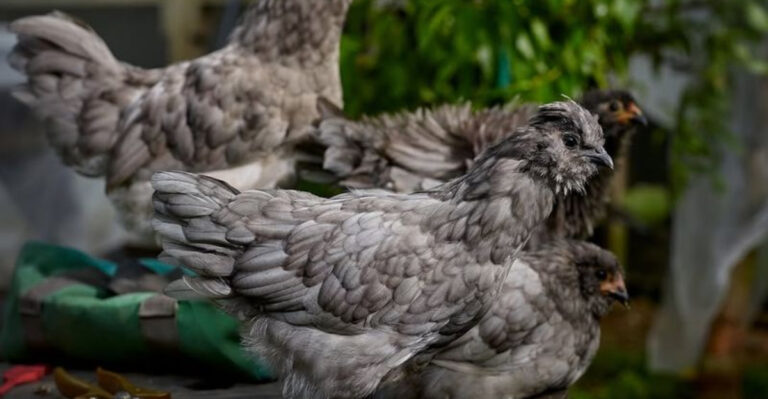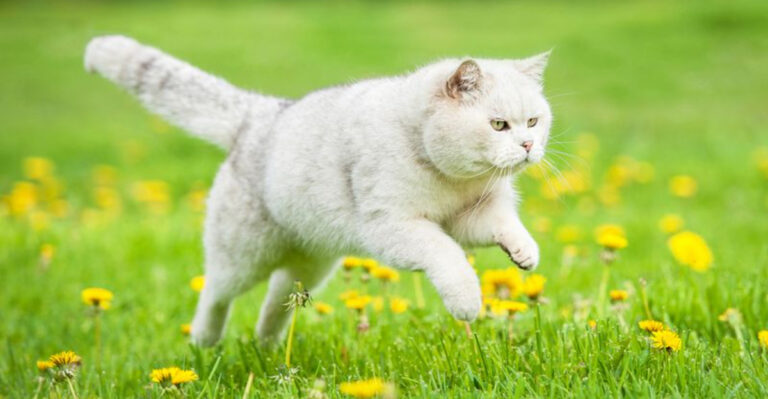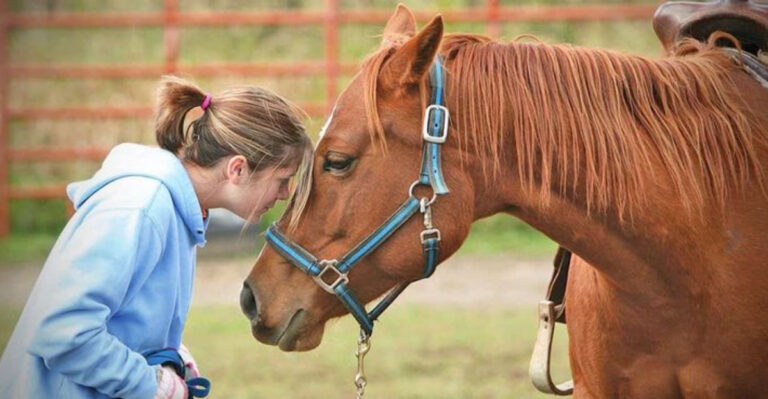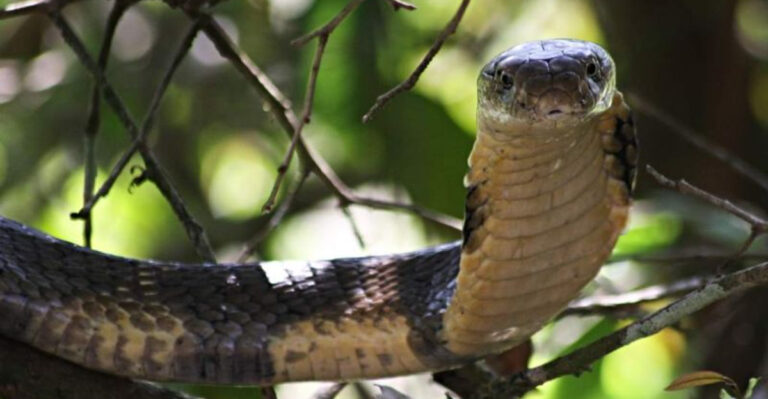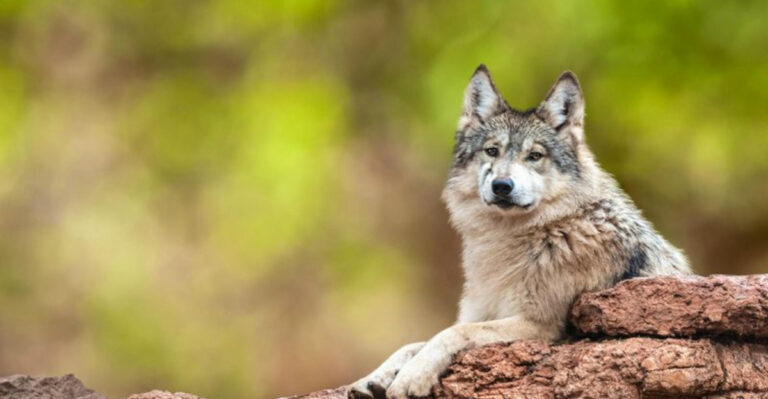The 15 Most Common Birds Found In North America
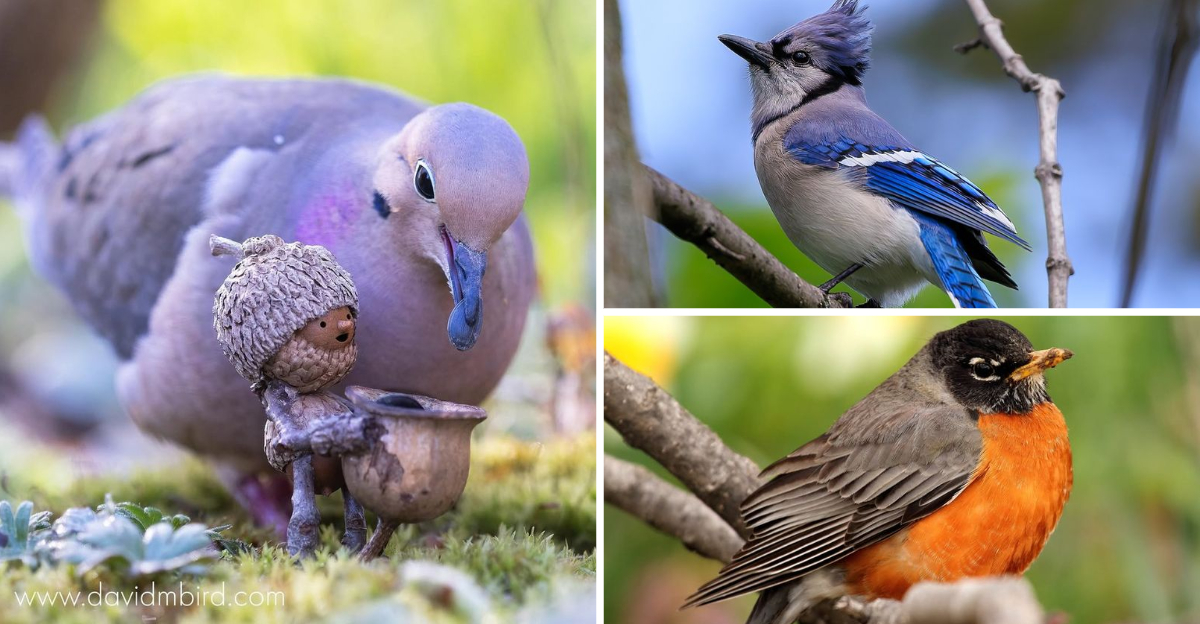
North America is a haven for bird enthusiasts, boasting a vibrant and diverse avian population. Whether you’re a budding birder or an experienced ornithologist, recognizing the continent’s most common birds can be both thrilling and educational.
Each species showcases unique characteristics and behaviors, adding color and melody to our natural surroundings. From the cheerful chirps of the American Robin to the majestic flight of the Bald Eagle, these common birds are an integral part of North America’s ecological tapestry.
Let’s explore these fascinating creatures, discovering their habits, habitats, and the roles they play in our ecosystems.
1. American Robin
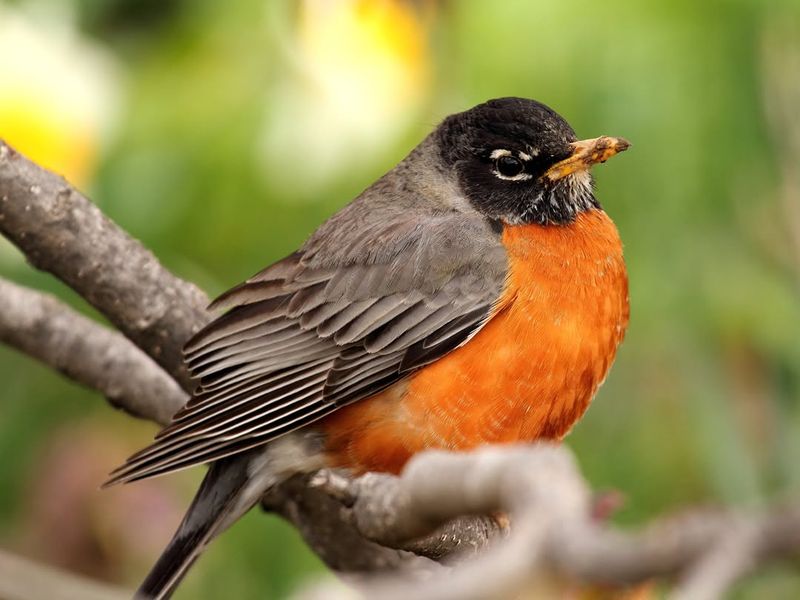
The American Robin, a beloved harbinger of spring, is a familiar sight in many backyards. With its bright orange chest and melodic song, it brings a splash of color and music to early morning walks. Often seen hopping across lawns, robins forage for earthworms and insects with precision.
Don’t be surprised if you spot one tugging a worm from the ground like it’s extracting spaghetti from a bowl! These birds are adaptable, thriving in both urban and rural environments.
Aside from their worm-hunting prowess, robins are known for their distinctive nesting habits, often choosing ledges or tree branches close to human activity. With remarkable resilience, they can raise several broods in a single season. Whether you’re sipping coffee on your porch or taking a leisurely stroll, the American Robin is a cheerful companion ready to grace your day with its presence.
2. Northern Cardinal
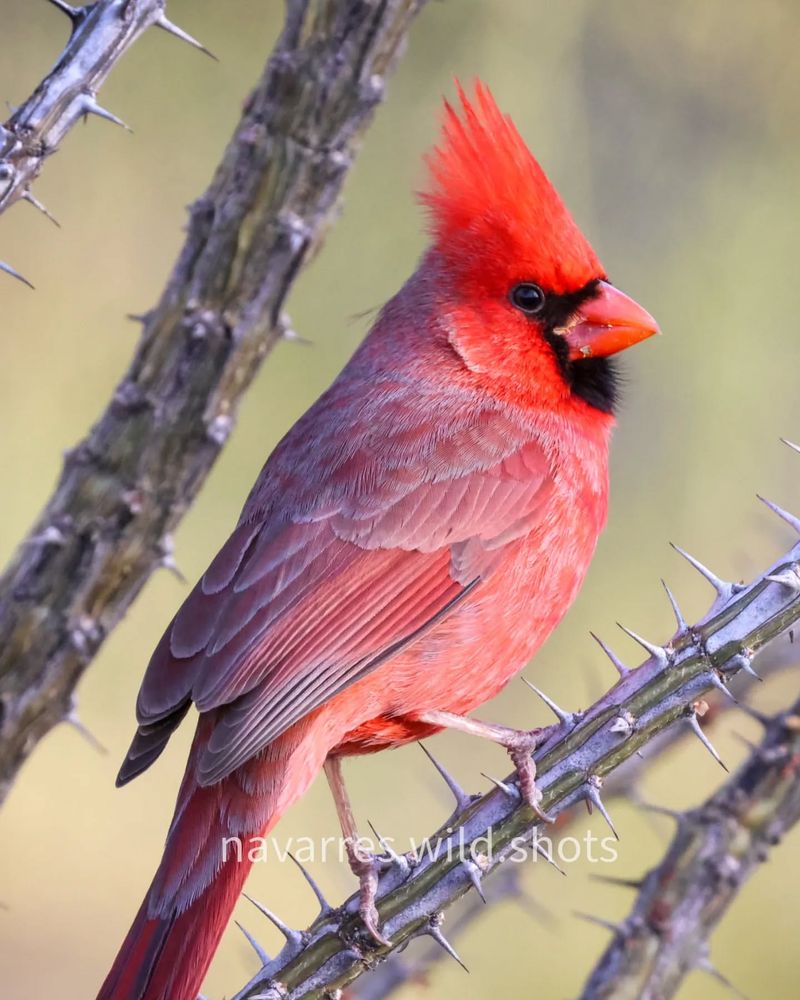
The Northern Cardinal, with its striking red plumage, is a showstopper in any garden. Males boast a brilliant red, while females don a more subdued hue, but both are equally captivating. Known for their clear, whistling songs, cardinals are often the soundtrack of peaceful mornings.
This bird’s popularity isn’t just due to its beauty; it’s also a symbol of cheer and vitality throughout the seasons. Cardinals are non-migratory, which means they add a splash of color to winter’s gray canvas, delighting bird watchers year-round.
Interestingly, these birds are fiercely territorial and will defend their space with vigor, sometimes even charging at their own reflection! Whether flitting through dense shrubs or perched on a bare branch, the Northern Cardinal’s presence is a reminder of nature’s artistry and the joy it can bring to our daily lives.
3. Blue Jay
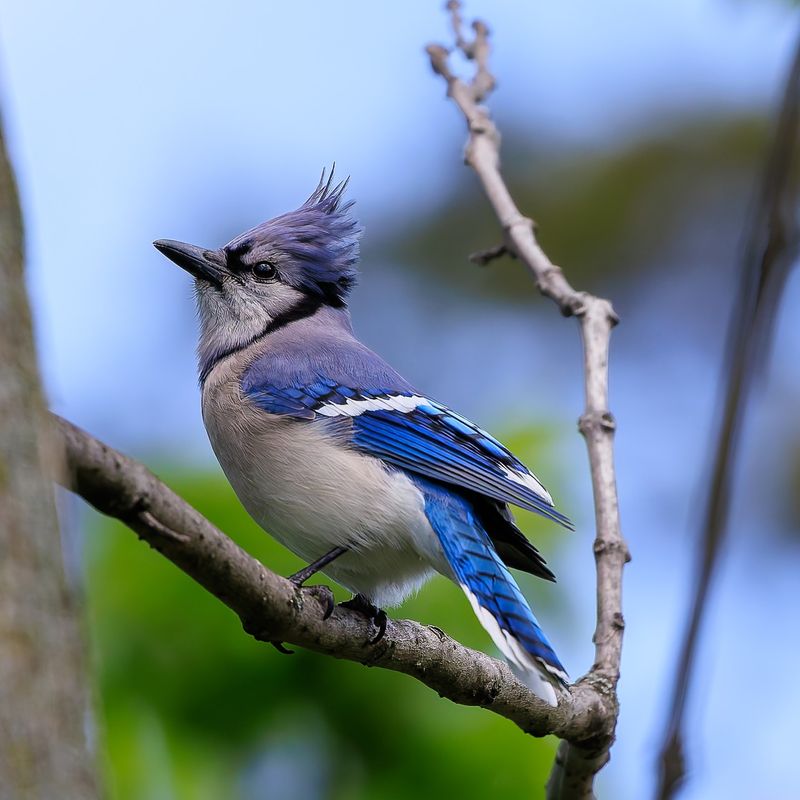
Bold and boisterous, the Blue Jay is a bird with personality. Known for its striking blue and white plumage, accented by a dramatic crest, this bird is both beautiful and audacious. Blue Jays are intelligent creatures, often observed using tools and mimicking the calls of other birds.
Their vocal prowess can be both amusing and confusing, as they sometimes imitate hawks to scatter other birds from feeders. Blue Jays are also known for their complex social behavior, forming tight-knit family groups that work together to gather food and defend territory.
A common visitor to backyard feeders, they have a particular fondness for peanuts and sunflower seeds. However, their raucous calls and aggressive nature can make them the divas of the bird world. Despite their sometimes quarrelsome behavior, Blue Jays are a delight to watch, showcasing both brains and beauty in the avian kingdom.
4. American Goldfinch
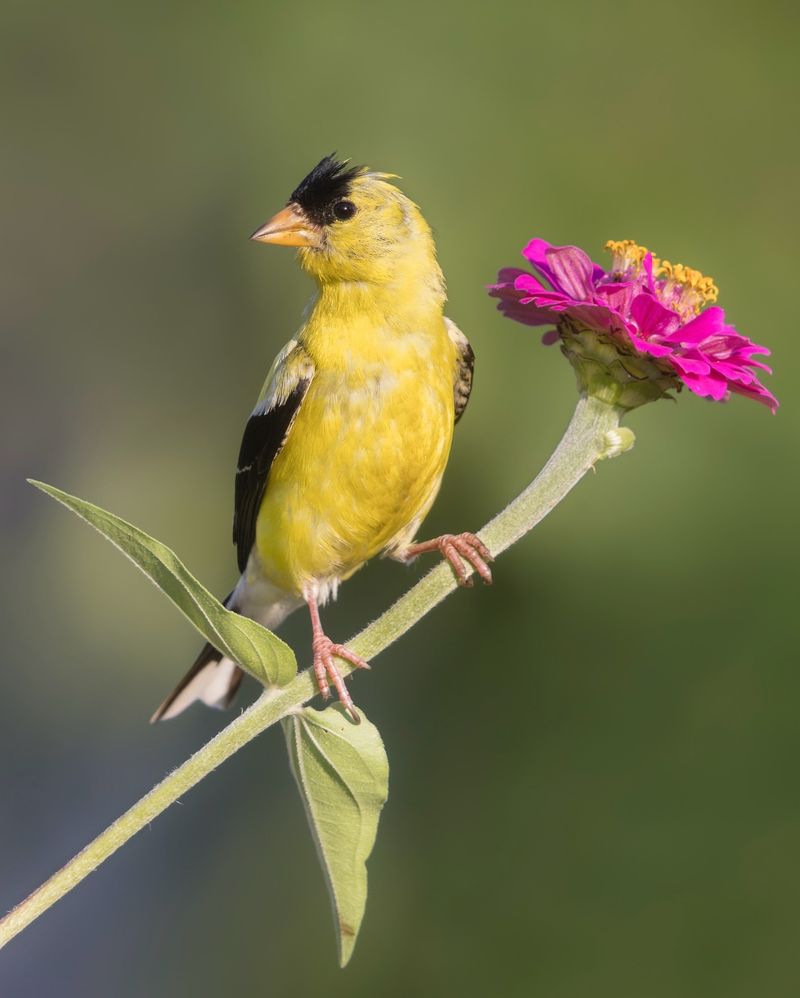
The American Goldfinch, often called the “wild canary,” is a tiny burst of sunshine flitting through fields and gardens. Its bright yellow plumage during breeding season is a sight to behold, and its gentle, undulating flight adds a touch of whimsy to the summer landscape.
Goldfinches are strict vegetarians, making them unique among many other bird species. They have a particular fondness for sunflower and thistle seeds, often seen dangling upside down to extract their favorite snack.
These cheerful birds molt twice a year, swapping their vibrant yellow for a more subdued olive tone in the winter. Despite their small size, Goldfinches are hardy creatures, braving cold temperatures with flair. They bring a splash of color and joy to any garden, proving that size doesn’t determine the ability to make a big impression.
5. Mourning Dove
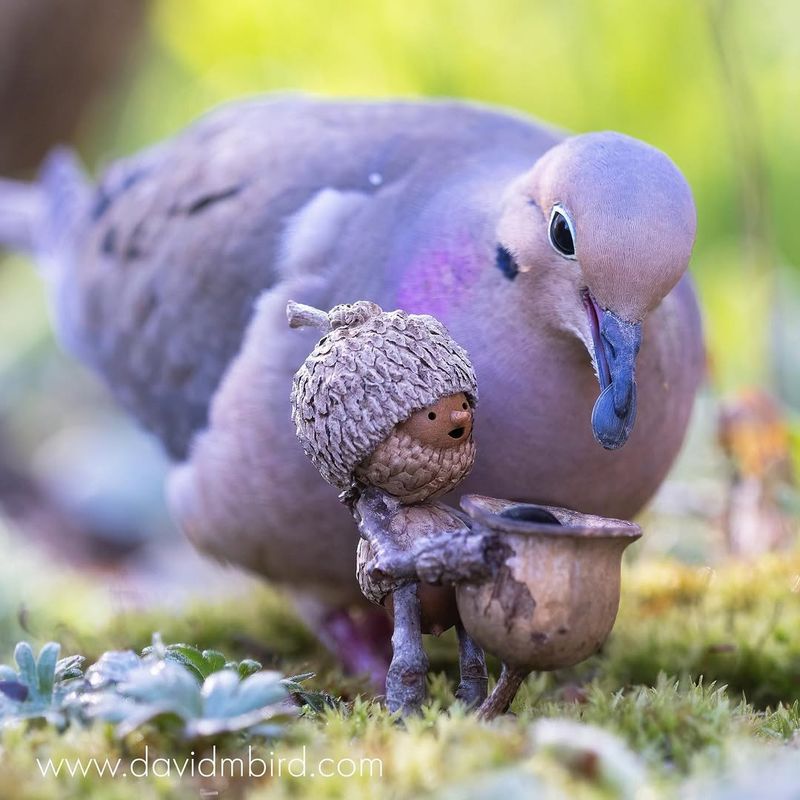
With its soft, mournful coo, the Mourning Dove brings a sense of calm to any setting. Its slender, streamlined body and delicate coloring make it a graceful addition to gardens and parks. Often seen perched on wires or foraging on the ground, these doves are both elegant and approachable.
Mourning Doves are prolific breeders, and their gentle nature belies their resilience. They can raise several broods a year, often choosing simple platforms or even flowerpots for nesting.
Their diet consists primarily of seeds, which they consume in abundance, storing them in a special part of their esophagus called the crop. This efficient feeding strategy allows them to maximize their time spent on other activities, like preening and basking in the sun. The Mourning Dove’s gentle demeanor and soft cooing make it a welcome presence in any landscape.
6. Red-Winged Blackbird
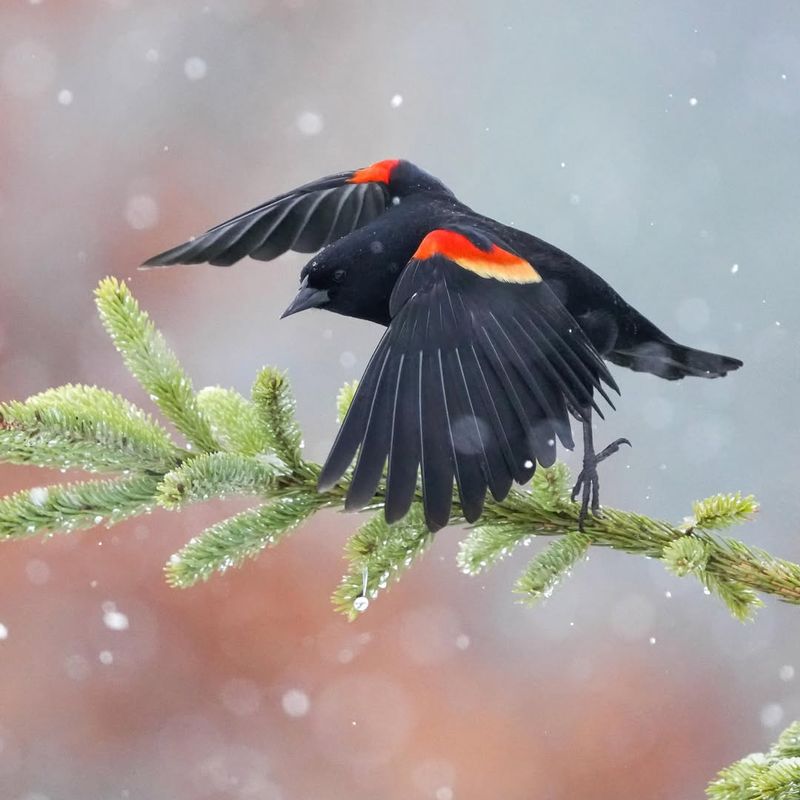
The Red-winged Blackbird is a striking sight amongst wetland reeds and marshes, known for the bright red and yellow shoulder patches of the males. These birds are vocal performers, filling the air with a variety of calls that announce their presence with gusto.
Often seen perched on cattails, these blackbirds are both fierce and fascinating. During breeding season, males put on a show, flaunting their colorful epaulets to attract mates and deter rivals.
Their diet is diverse, ranging from insects and seeds to small aquatic animals. Red-winged Blackbirds are social birds, often found in large flocks, especially outside of the breeding season. Their dynamic presence and bold calls make them a staple of North America’s wetlands, a testament to the vibrancy and diversity of avian life.
7. Downy Woodpecker
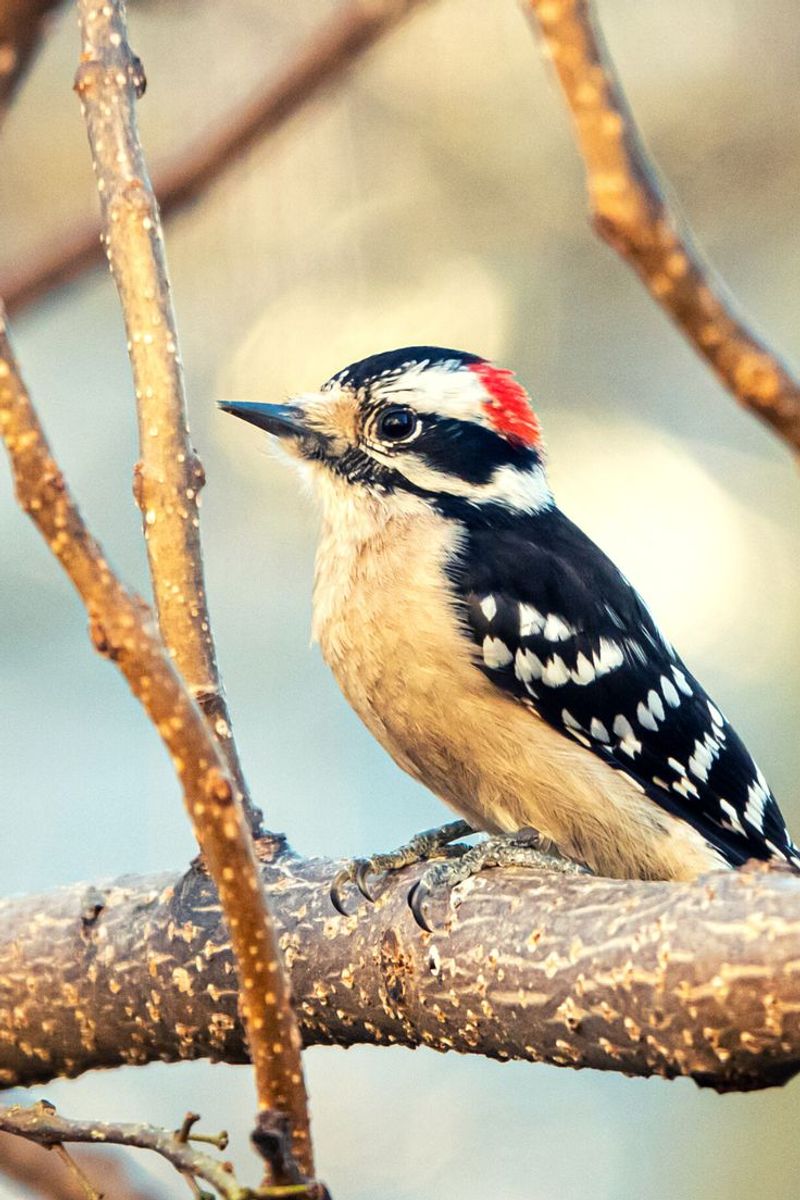
The Downy Woodpecker, North America’s smallest woodpecker, is a master percussionist of the avian world. Its diminutive size doesn’t deter it from making a big impact in the forest, with its persistent drumming echoing through the trees.
This bird’s black and white checkered plumage, accented with a splash of red on the males, makes it a striking presence. The Downy Woodpecker is a frequent visitor to backyard feeders, particularly fond of suet and peanuts.
Known for its acrobatic foraging, it often clings upside down on branches and trunks in search of insects and larvae. It’s a true testament to adaptability, thriving in woodlands, parks, and even urban areas. Its industrious nature and lively demeanor make the Downy Woodpecker a fascinating bird to observe, a true symbol of persistence and resourcefulness.
8. House Finch
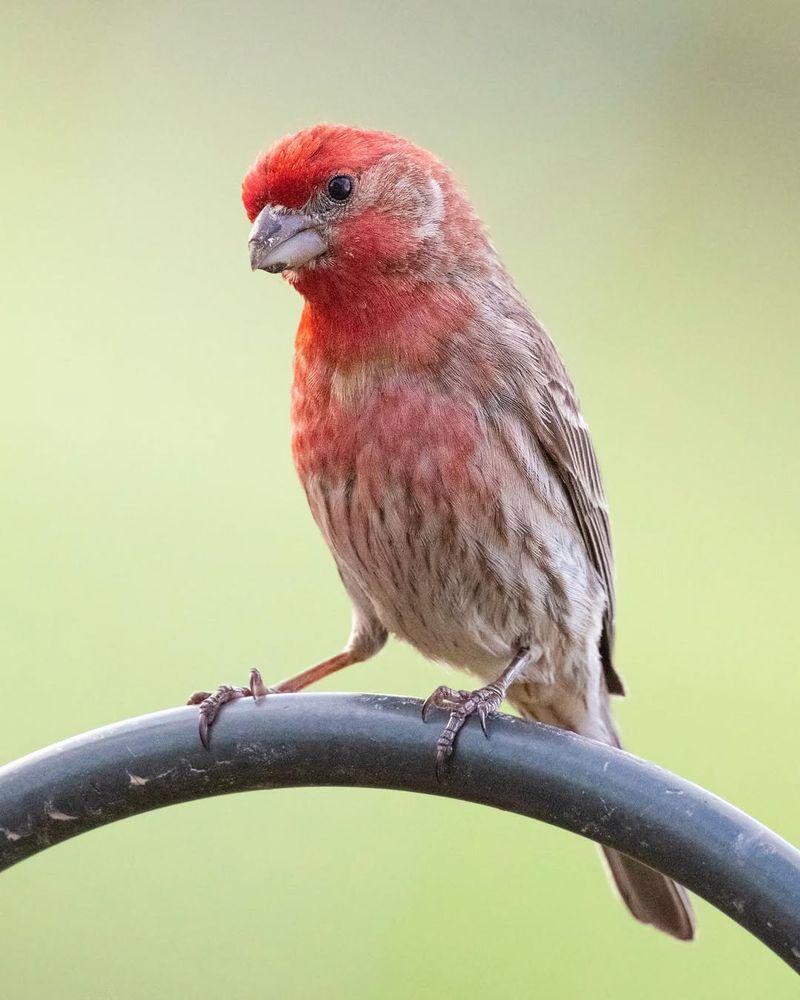
The House Finch is a small bird with a big personality, easily recognized by the males’ bright red plumage. These birds originally hailed from the western United States but have since spread across the continent, adapting well to urban and suburban environments.
Often found in flocks, House Finches are social creatures, chattering away as they hop from branch to branch. Their diet consists primarily of seeds, but they won’t turn down the occasional fruit or insect.
Males use their vibrant colors to attract mates, engaging in elaborate courtship displays. Meanwhile, females are the architects of the family, constructing nests in a variety of settings, from trees to building ledges. The House Finch’s cheerful red hues and lively songs make it a delightful neighbor in any community.
9. European Starling
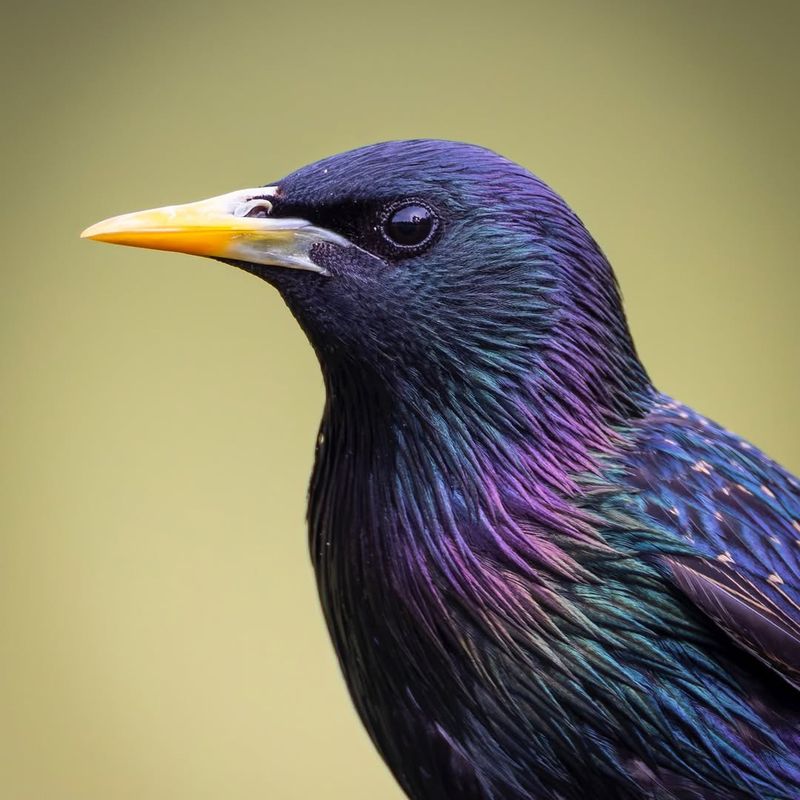
The European Starling, while a non-native species, has become one of North America’s most common birds. Originally introduced in the 19th century, these adaptable birds have thrived across diverse environments.
Known for their iridescent feathers that shimmer in the sunlight, starlings are a sight to behold. They are expert mimics, capable of imitating a range of sounds from other birds to car alarms, often leaving listeners amused and astounded.
In large flocks, known as murmurations, starlings put on breathtaking aerial displays, moving in synchrony as if they share a single mind.
While their aggressive nature can sometimes displace native species, their beauty and adaptability showcase the complexity of avian life in North America. Starlings, with their dazzling displays and vocal talent, add a dynamic element to the birdwatching experience.
10. Song Sparrow
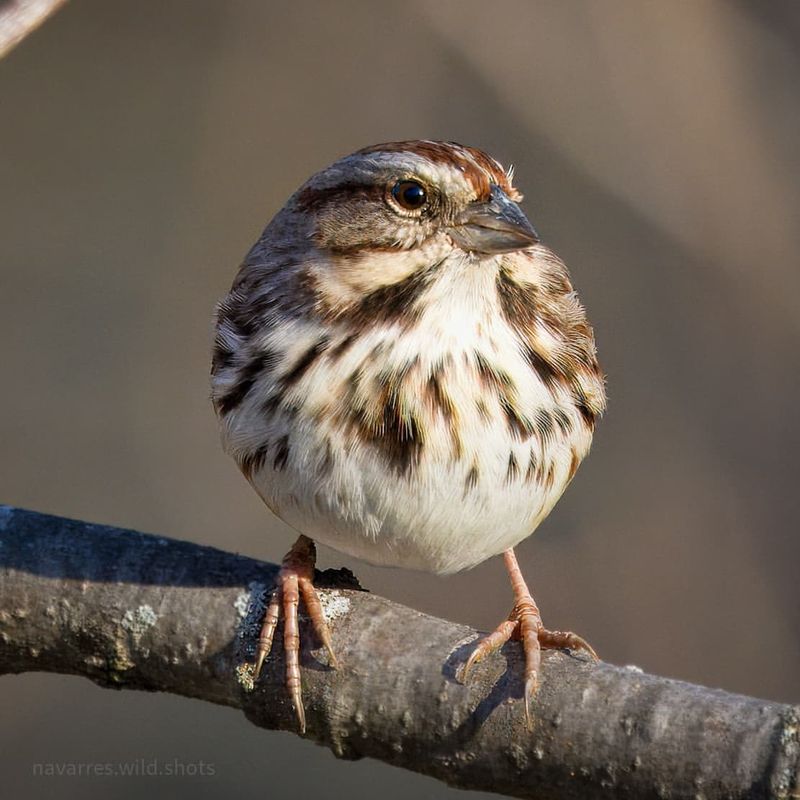
The Song Sparrow is a beloved member of North America’s avian chorus, known for its delightful melodies that vary across regions. These versatile little birds are easily recognized by their streaked brown plumage and distinctive, cheerful song.
Song Sparrows are incredibly adaptable, found in a wide range of habitats from marshes to gardens. They are ground foragers, pecking for seeds and insects amidst the underbrush.
Each Song Sparrow has a unique song repertoire, which males use to defend their territory and woo potential mates. Despite their small size, these sparrows are fierce defenders of their nests, displaying remarkable bravery against intruders. Their adaptability and sweet tunes make the Song Sparrow a cherished companion in natural landscapes, a true testament to nature’s melodious charm.
11. Dark-Eyed Junco
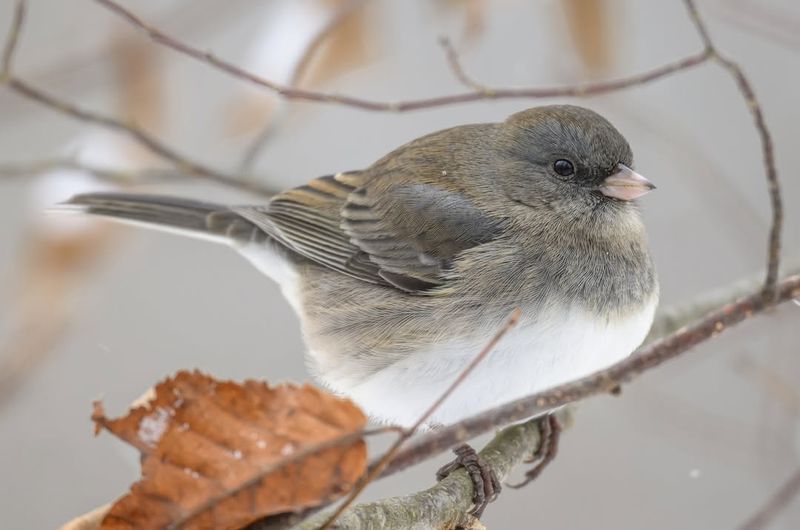
The Dark-eyed Junco, often heralded as the “snowbird,” is a charming winter visitor across North America. With its soft gray plumage and distinctive white belly, it’s a whimsical presence against the snowy backdrop.
These birds are ground feeders, often seen hopping along in search of seeds amidst the leaf litter. Juncos are known for their flitting movements and sudden bursts of flight, adding dynamic energy to winter scenes.
Despite their preference for colder climates, juncos are adaptable and can be found in varied habitats, from forests to suburban backyards. Their gentle demeanor and seasonal appearance make them a favorite among winter birdwatchers, a delightful reminder that nature’s beauty persists, even in the coldest months.
12. House Sparrow
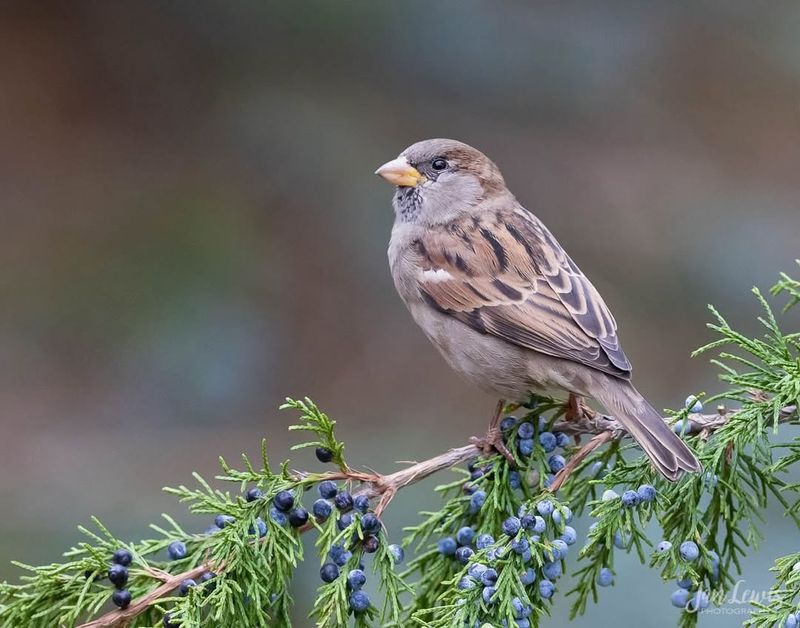
The House Sparrow, despite its modest size, has made a significant impact on urban landscapes across North America. Originally from Europe, these birds have become ubiquitous, thriving amidst bustling city life.
Recognized by their chunky build and brown streaky plumage, House Sparrows are opportunistic feeders. They readily adapt to new environments, often observed foraging for crumbs and seeds in city parks and sidewalks.
House Sparrows are social birds, frequently forming large flocks that chatter and squabble over food and territory. Their adaptability and resilience are impressive, though their invasive nature can sometimes pose challenges to native bird populations. Despite this, their lively presence and adaptability make them a fascinating study in how species can thrive alongside human development.
13. American Crow
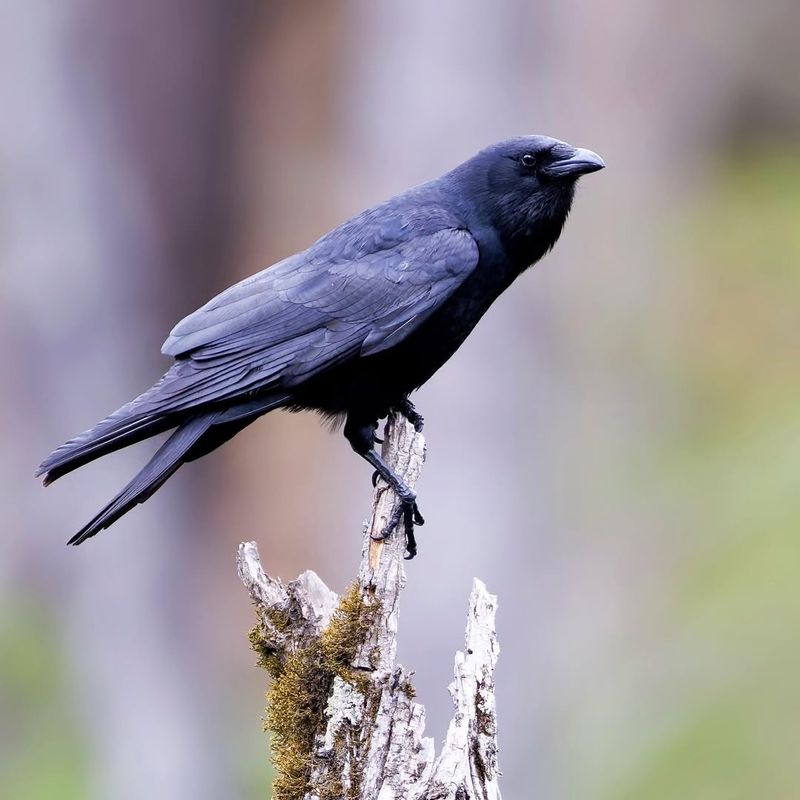
The American Crow, a familiar figure in North America, is renowned for its intelligence and adaptability. Known for its all-black plumage and cawing calls, the crow is a master of survival, often thriving in diverse environments.
Crows are highly social and are known to form large, communal roosts outside of the breeding season. Their diet is equally varied, ranging from insects and seeds to scavenged food.
These birds have demonstrated remarkable problem-solving skills, using tools and cooperating with one another to achieve their goals. Despite their sometimes ominous reputation, crows are a testament to the complexity and adaptability of bird life. Their presence in both urban and rural settings provides an opportunity to observe avian intelligence at its best, as they navigate the challenges of an ever-changing world.
14. Bald Eagle
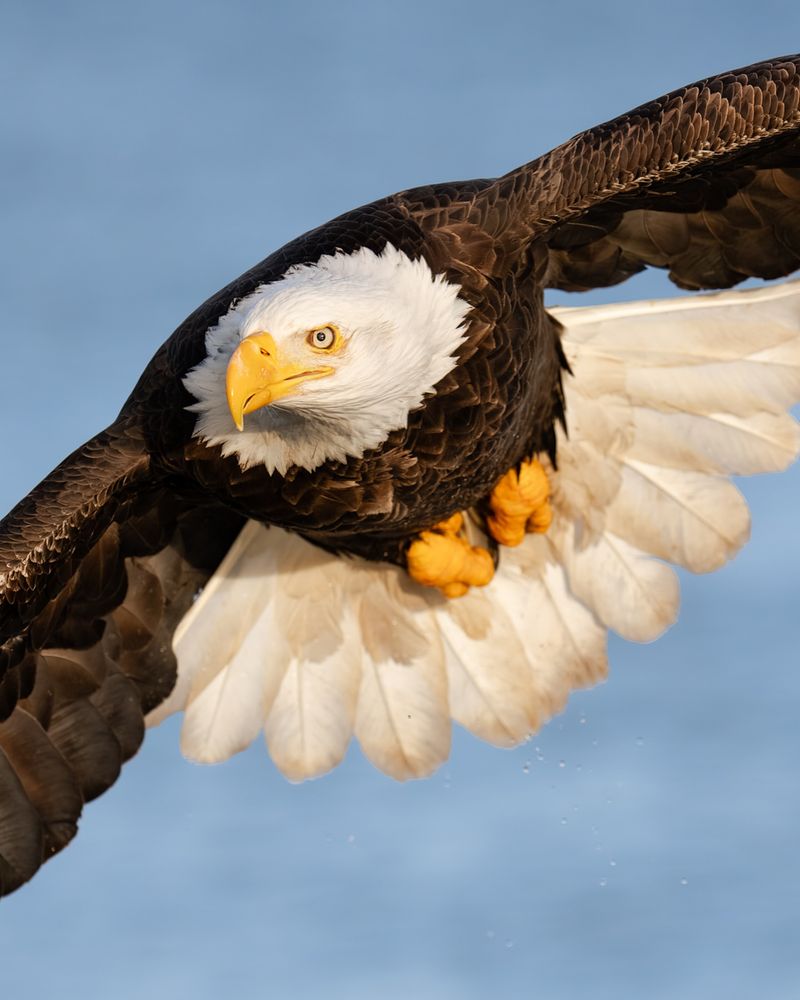
The Bald Eagle, a symbol of strength and freedom, is one of North America’s most majestic birds. Known for its striking white head and powerful build, this bird of prey commands admiration and respect.
Bald Eagles are expert fishers, often seen soaring above waters before diving with precision to capture their prey. Their nests, known as eyries, are among the largest of any bird species, a testament to their impressive size and strength.
Despite facing challenges in the past due to habitat loss and pesticide use, conservation efforts have helped their populations recover. The sight of a Bald Eagle in flight is a breathtaking reminder of nature’s grandeur and resilience. Whether perched high in a tree or gliding across the sky, these eagles are a proud symbol of North America’s natural beauty.
15. Great Blue Heron
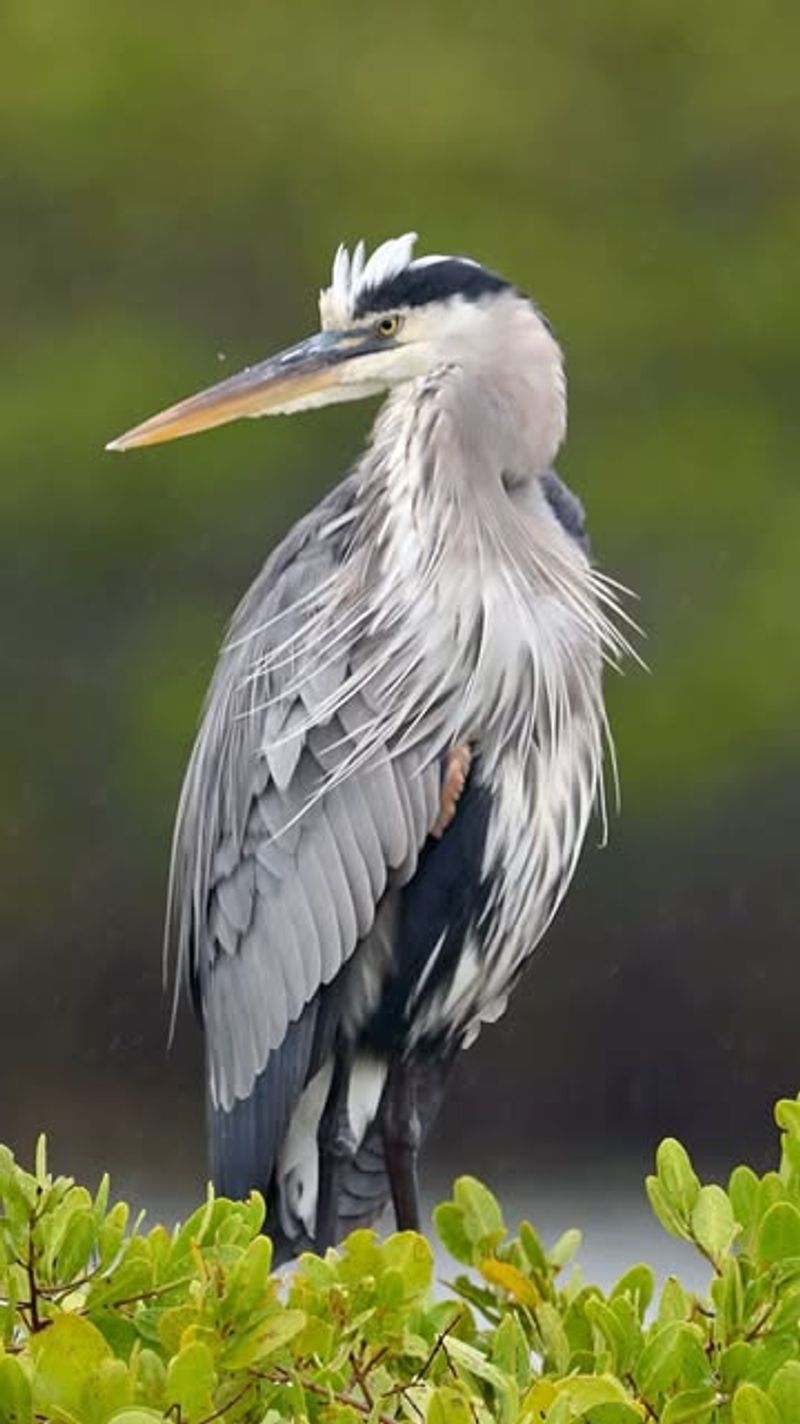
The Great Blue Heron is a graceful giant of the bird world, often seen wading through wetlands with an air of quiet elegance. With its long legs and striking blue-gray plumage, it is a distinctive presence in North America’s marshes and shorelines.
These herons are patient hunters, often standing motionless before striking swiftly to catch fish and other aquatic prey. Their s-shaped necks and spear-like bills make them efficient predators.
Outside of their hunting prowess, Great Blue Herons are known for their impressive wingspan, which allows them to soar elegantly across wetlands. Whether in flight or poised in the water, the heron’s majestic form is a testament to the beauty and diversity of North America’s birdlife.

